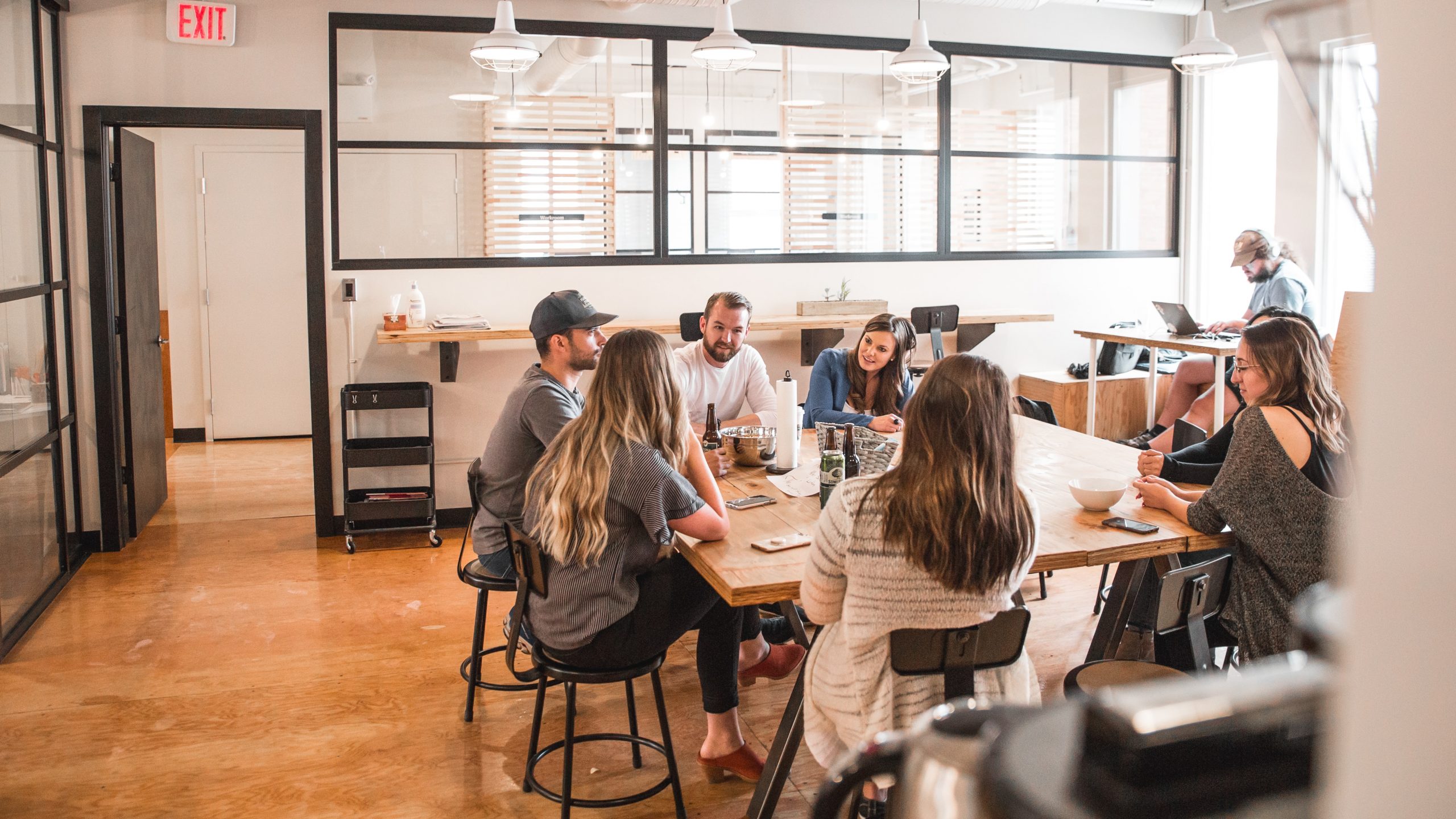THAT THE QUASI-HYBRID MODEL HAS RISKS THAT CONVENTION DID NOT, MEANS HEALTH AND WELLBEING IS A TREND THAT’S NOT GOING AWAY. CHANGE ANXIETY, ISOLATION – EVEN FEELING SLAVE TO THE TECH THAT WAS MEANT TO FREE US – WE MAY BE MORE MENTAL HEALTH AWARE, BUT WE’RE NOT DEALING WITH IT EFFECTIVELY.
As we look ahead to 2024, how can we approach health and wellbeing more impactfully? The standard provision now is still to have an Employee Assistance Programme (EAP) in place with training for Mental Health First Aiders (MHFA), or their equivalent as an extra resource. But there is a flaw in this “pick you up when you fall” model, which becomes obvious the closer you look. EAPs are insurance-backed schemes that are there to help when someone finally falls ill. MHFA likewise, is a model that spots signs of ill health and then signposts to resources that can support. Most commonly, the resources are either an EAP – which offers a limited number of sessions counselling support or the NHS – which is already looking overwhelmed. The risks are borne out in the statistics: In the 12 months since the first national lockdown was announced, Rethink – a charity provider of mental health services in England – reported a 175 percent increase in demand for advice and information on their website. Mental health services in England received a record 4.6 million referrals during 2022 – up 22 percent from 2019 – according to the BMA in August 2023. Royal College of Psychiatrists states that nearly a quarter of mental health patients (23 percent), wait more than 12 weeks to start treatment, due to lack of consultant psychiatrists. These are all issues for a health system that is reactive, not proactive. There has to be another way. In order to equip employees to navigate what is ultimately an uncertain world, a genuine focus on wellbeing is essential and this starts with a prevention model. Imagine an employee that, because of the investment from their employer, can turn to resources provided by their employer to assist them? Imagine whole teams that are able to navigate uncertainty, conflict and change because their employer had the foresight to equip them in advance with simple tools and strategies? Imagine how pro-change, responsive and resilient a workforce could be with the right investment up front? A pertinent simile is the accountant’s view may be that training people that may leave is not cost effective, whereas supporting those who are here still, the captive ones, provides real-time statistics. It is this, “close the stable door” mentality, that has led to one of the fastest growing job titles in the last five years, that of “talent director”. This recognises that recruited talent in an organisation is a big investment and needs protecting. It can often, however, really be a glorified in-house recruitment function, put in place to plug the gap of people leaving the organisation. Employers that genuinely invest in the emotional health and wellbeing of their employees are the ones that reap benefits in terms of lower sickness and absence levels, positive and productive employee experience, engagement levels and the overall Employer Value Proposition. All because they choose to place the long-term wellbeing of the employee at the heart of their proposition, equipping them with life skills, they can take with them anywhere. It makes Richard Branson’s quote: “Train employees well enough so they can leave, but treat them well enough so they don’t want to” ring true. T he future resilience of employees – and that of a business and organisations – will be reflected in the choices made this year. Choose carefully.
FOR FURTHER INFO WWW.CALMPEOPLE.CO.UK









